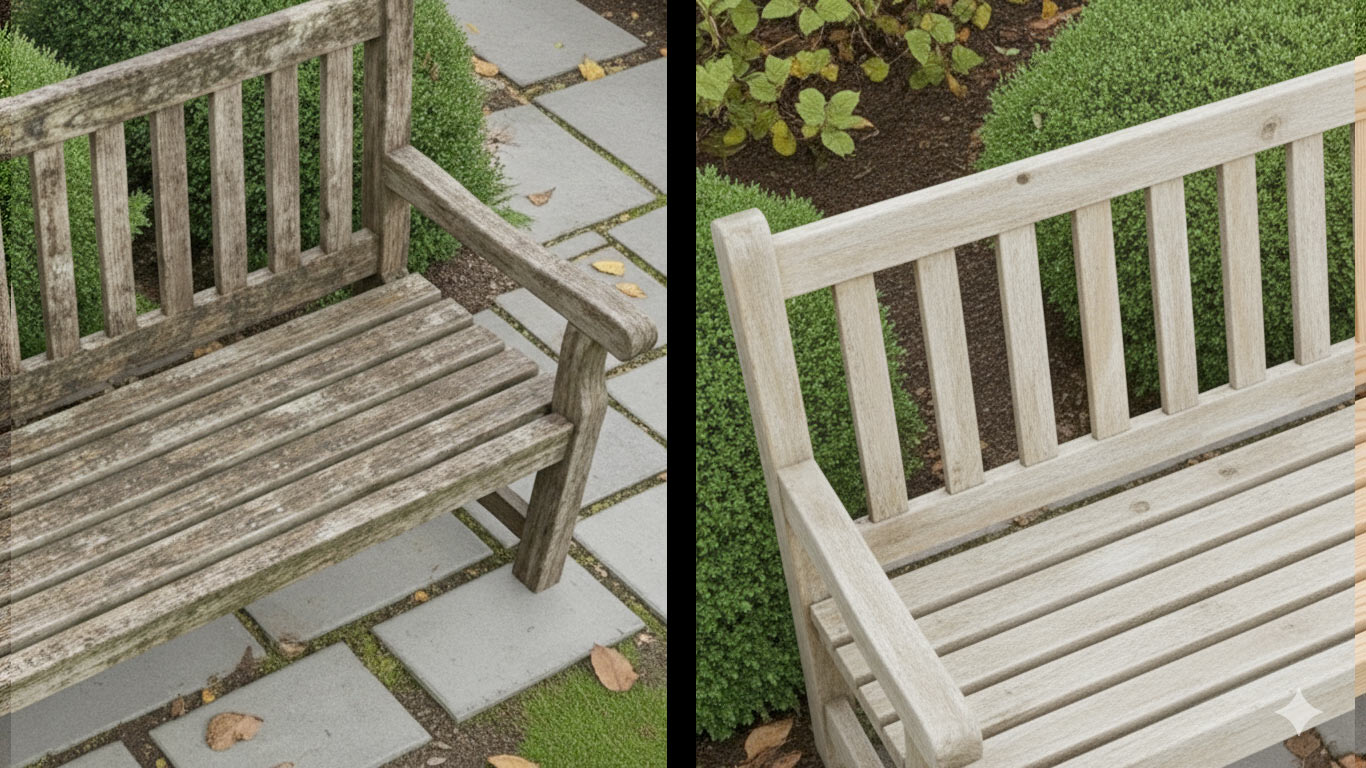
FDA
FDA 21 CFR 1040.10 - Laser Product Performance Standards



When laser cleaning pine, leverage its strong beam absorption to swiftly vaporize dirt and old finishes, while the wood's poor heat conduction confines damage to the surface for safe restoration of furniture or heritage pieces
At 1000x magnification, the pine surface before cleaning looks cluttered with dark smudges and uneven buildup. Grime coats the tangled fibers, making everything appear dull and blocked. Fine debris fills the pores, hiding the wood's true pattern beneath.
After laser treatment, the same view shows crisp fibers standing free from any residue. The surface gleams with even texture, as pores breathe open and clear. Natural lines emerge sharp, restoring the pine's fresh, unaltered form.

FDA 21 CFR 1040.10 - Laser Product Performance Standards

ANSI Z136.1 - Safe Use of Lasers

IEC 60825 - Safety of Laser Products

OSHA 29 CFR 1926.95 - Personal Protective Equipment